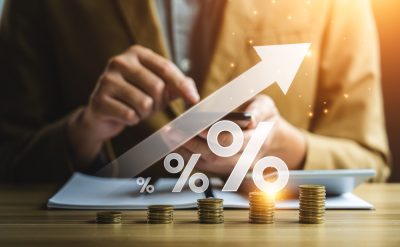Highlights:
- The startup aims to develop the world’s inaugural commercially feasible autonomous humanoid robot.
- Currently, Figure primarily utilizes readily available robot components to construct its systems.
Figure AI Inc., a startup developing a humanoid warehouse robot, has received USD 9 million from Intel Corp.’s venture capital arm.
The capital infusion by Intel comes after a USD 70 million raise that Figure announced in May. The startup’s Founder and CEO, Brett Adcock, and several institutional investors participated in that round.
Before starting Figure, Adcock founded the publicly traded robot taxi company Archer Aviation Inc. and the online recruiting platform Hired Inc. Before the USD 70 million raise it announced in May, Adcock bootstrapped Figure with a USD 100 million investment.
Capital Managing Director of Intel, Mark Lydon, said, “Intel Capital is constantly searching for companies that push the boundaries of innovation, and we believe that Figure has the potential to shift the way the world thinks about artificial intelligence.”
The startup aims to create the “world’s first commercially viable autonomous humanoid robot.” On the day it came out of stealth mode in early March, a rendering of its first prototype, a device called Figure 01, was made public. At the time, Adcock disclosed to IEEE Spectrum that the startup intended to construct five robots using the original prototype design.
The estimated height and weight of Figure 01 are 5.2 feet and 130 pounds, respectively. It will be able to transport a 40-pound payload if everything goes as planned. According to reports, Figure’s engineers want the system to have a five-hour battery life.
There are 2,170 compact batteries in the robot prototype that Figure described in March. These batteries power the motors of Figure 01 and the variety of onboard sensors it employs to scan its surroundings. The robot will be able to exchange data with other internet-connected devices, such as autonomous machines with which it shares a workspace, thanks to integrated 5G and Wi-Fi networking equipment.
To build its systems, Figure currently primarily uses off-the-shelf robot components. However, it is said that the startup has a machine shop at its Sunnyvale, California, location that can create parts that are specifically designed for a customer. Engineers from Figure can test the robot’s capabilities in a realistic setting in the office’s miniature warehouse.
Figure 01 is intended for use in warehouses like e-commerce fulfillment centers. In the long run, the startup thinks the system might be helpful in other places, like retail stores or factory floors.
Figure predicted that its prototype system would “start to take its first steps” within a month in early March. The startup was already hard at work on the second iteration of the prototype at the time. Adcock claims that Figure plans to update the system’s hardware and software once every six months.
The development effort could be supported by money from Intel Capital. Over the past few years, Nvidia Corp., Intel’s main competitor in the AI chip market, has also backed several robotics startups. One of those startups is Serve Robotics Inc., which just signed a deal to deploy 2,000 delivery robots with Uber Technologies Inc.
By investing in robotics startups, chipmakers may eventually be able to secure contracts for the supply of processors. Multiple onboard processors, including specialized AI accelerators that power their machine learning software, are frequently found in autonomous warehouse machines. While Intel produces CPUs and AI accelerators that could theoretically be used in autonomous systems, Nvidia has several chips made specifically for the robotics market.






































































